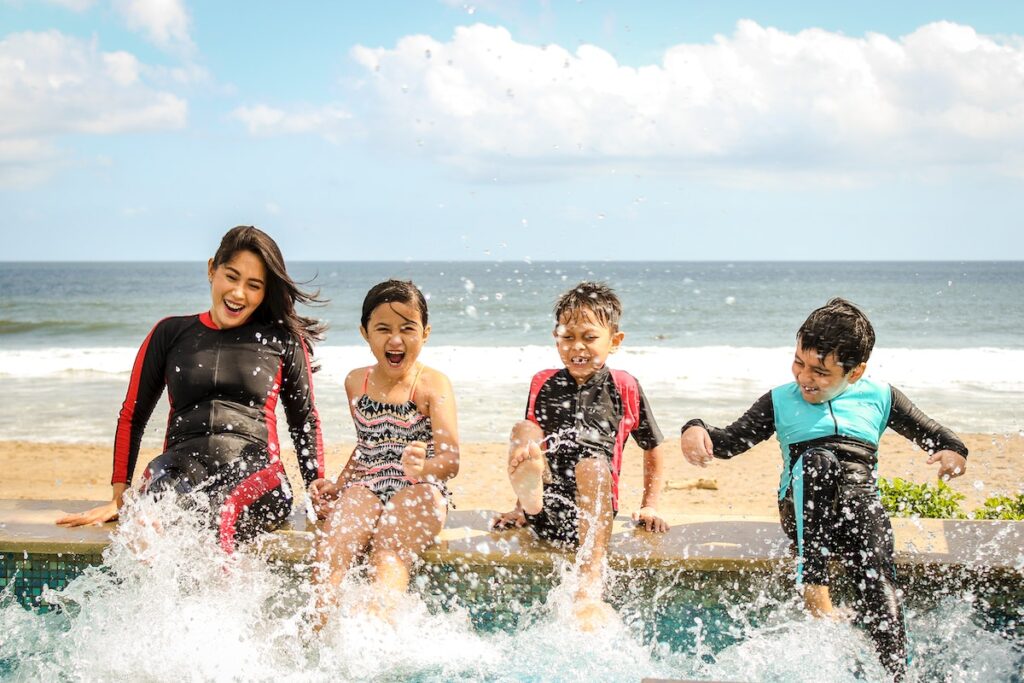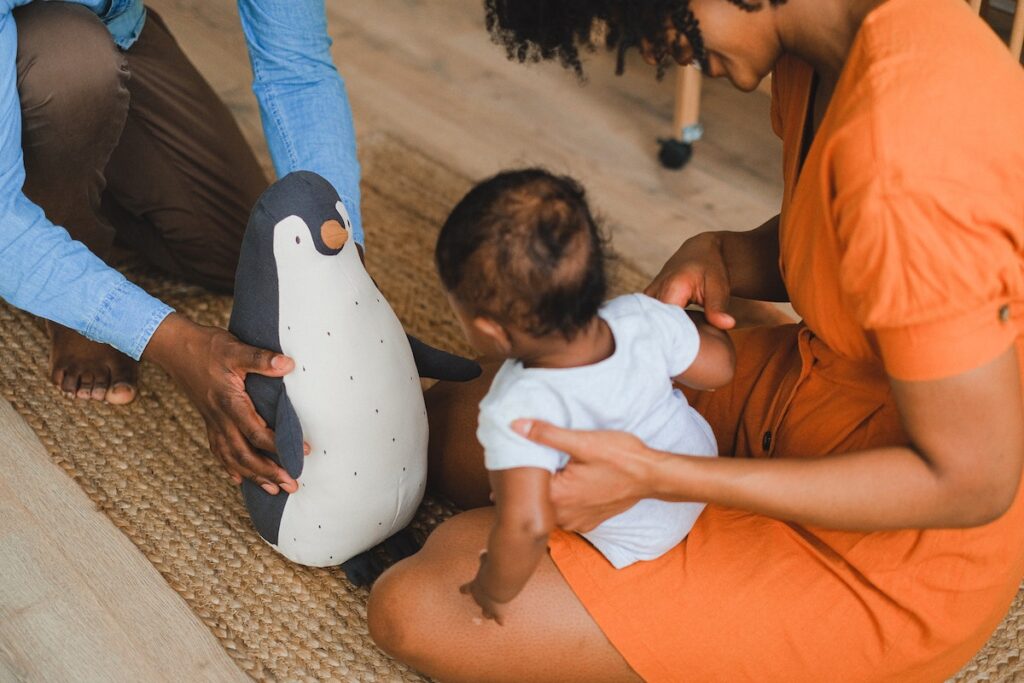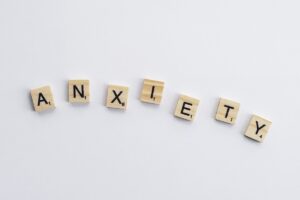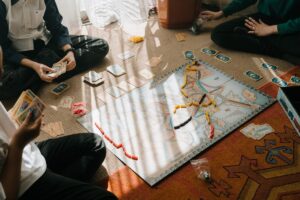Traveling with a baby offers numerous benefits to their development and overall well-being; this is why there are travel essentials for a baby that you must not ignore. It exposes them to new environments, sights, sounds, and cultures, which can stimulate their curiosity and expand their worldview from an early age. Additionally, it provides valuable opportunities for family bonding and creating cherished memories together.
Proper travel preparation is crucial when embarking on a journey with a baby. It ensures you have all the necessary items and resources to provide your little one with a safe and comfortable experience. By being well-prepared, you can minimize potential stress and challenges during travel.
This blog will guide you through the must-have travel essentials for a baby. We will cover the items that will make your journey more convenient and enjoyable, including diapering needs, feeding supplies, clothing considerations, and safety items.
Let us begin.
Travel Essentials for A Baby:Travel Gear
- A Diaper Bag
As a parent on the go, having a well-stocked diaper bag is essential to handle any unexpected messes. Pack plenty of diapers and wipes to keep your little one clean and dry.
And remember disposable bags for dirty diapers, as they can come in handy when you dispose of them discreetly.
- Clothing and Bedding
When you’re with your baby, be prepared with the proper clothing and bedding essentials. Pack onesies and outfits that are comfortable and easy to change. Bring along some extra blankets and burp cloths for added warmth and cleanliness.
Also, remember sleepwear and swaddles to ensure your baby gets a good night’s sleep even when you’re away from home. Remember to protect your little one from the sun with a hat and sunscreen.
- Feeding Essentials
Carry bottles, formula, or breast milk, depending on your baby’s needs. Remember, “A well-fed child is a happy child.” Bring bibs and burp cloths to keep things clean during feeding time. If your baby is at the stage of eating solid foods, remember to pack baby food.
And for those meals on the go, consider a portable high chair or booster seat that ensures your baby can enjoy their meal comfortably wherever you are.
- Health and Safety Items
Keeping your little one safe and healthy is a top priority. Prepare a baby first aid kit with essential bandages, antiseptic ointment, and baby-friendly pain relievers. It’s always better to be prepared; as we say, “A wise person prepares for the worst and hopes for the best.”
Pack any necessary medications or prescriptions your baby may need during your travels. A thermometer is also a must-have to monitor your baby’s temperature. Childproofing items like outlet covers and cabinet locks create a safe environment.
- Travel Comfort
Consider a stroller or baby carrier that suits your needs and allows you to move around quickly. It is often said, “A journey of a thousand miles begins with a single step.” Ensure your baby’s safety during car rides by having a reliable car seat or travel system.
A portable crib or playpen will give your little one a familiar and secure sleeping space for longer trips or overnight stays. Lastly, remember to use a travel pillow or blanket for added comfort, making the journey more enjoyable.
Travel Essentials for A Baby: Tips for Packing and Organizing
- Create a checklist
Before embarking on your journey, creating a checklist of all the essential items you need to pack for your baby is wise. Jot down everything from diapers and clothing to feeding essentials and health items.
- Optimize space in your luggage
When packing for your baby, space can become a precious commodity. Consider some clever packing strategies to make the most of the available space in your luggage. Roll up clothing items instead of folding them to save space and prevent wrinkles.
Another helpful tip is to pack more minor things, like socks and bibs, inside shoes to maximize space.
- Utilize packing cubes or storage bags
Packing cubes or storage bags can be a lifesaver when keeping your baby’s belongings organized. These handy tools allow you to categorize different items, making it easier to find what you need quickly.
Assign a packing cube or storage bag for diapers, another one for clothing, and separate ones for feeding essentials and health items. This way, you’ll have everything neatly arranged and won’t have to rummage through your luggage searching for different things.
- Separate baby’s items from the rest
As its said, “Cleanliness is next to godliness.” Keep your baby’s clothing, bedding, and feeding items separate from your own to avoid contamination. Use separate compartments in your luggage or dedicate a separate bag solely for your baby’s essentials.
- Label and identify belongings
Labeling your baby’s belongings can save you from confusion and help you identify items quickly. Use adhesive labels or write directly on bags and containers to indicate what’s inside.
Labeling can be particularly helpful when you’re in a rush or when others are helping you find specific items.

Choosing the proper transportation mode
When traveling with a baby, choosing the transportation mode best suits your needs and comfort is essential. Consider whether a car, bus, or train would be the most convenient for your journey. Each method has its advantages and considerations, such as the availability of restrooms, space for baby gear, and ease of maneuvering with a stroller or carrier.
Traveling with a Baby: On the Road
- Plan frequent breaks and rest stops
Long journeys can be tiring for adults and babies, so planning for frequent breaks and rest stops is crucial. Schedule breaks every couple of hours to stretch your legs, change diapers, and feed your baby if needed.
Look for safe and comfortable rest areas where your baby can crawl or play for a while. Taking these breaks allows your baby to release some energy and reduces the chances of them getting fussy or uncomfortable during the journey.
- Ensure proper car seat safety
If you’re traveling by car, car seat safety is paramount. Ensure your baby’s car seat is installed correctly and meets safety standards. Follow the manufacturer’s instructions and secure your baby snugly in the car seat. Remember to buckle up yourself, setting an excellent example for your little one.
- Keep baby entertained during travel
Pack some toys, books, or soothing music to entertain your baby during the journey. As they say, “Laughter is medicine for the soul.” Bring along items that capture your baby’s attention and provide them with a source of amusement. Simple toys like rattles or soft plush animals can engage their senses.
- Learn how to cope with motion sickness or discomfort.
Motion sickness or discomfort can affect some babies during travel. To alleviate these symptoms, there are a few things you can do. Ginger is known for its anti-nausea properties, so consider giving your baby ginger-infused snacks or ginger-based remedies if suitable for their age.
Opening a window for fresh air or providing a distraction, like singing or talking to your baby, can also help alleviate discomfort. Consult your pediatrician if your baby experiences severe motion sickness or pain during travel.
Navigating Air Travel with a Baby
- Book baby-friendly flights
Look for flights offering family amenities, such as priority boarding or extra legroom seats. Consider choosing flights that align with your baby’s sleep schedule to increase the chances of a more relaxed journey.
Book direct flights if possible to minimize the number of transitions and reduce the overall travel time for your little one.
- Pack essentials for the plane
Pack extra diapers, wipes, and a change of clothes in your carry-on bag in case of unexpected accidents or delays. Pack a few favorite toys or books to engage your baby during the flight. Snacks, such as finger foods or a small container of baby food, can also come in handy to keep hunger at bay.
- Learn how to deal with security checks and regulations.
Going through security checks at the airport can be a bit daunting with a baby, but with some preparation, it can be smoother. Be aware of the security regulations regarding baby items, such as liquids and baby food, and pack them accordingly.
Have your baby’s essentials easily accessible for inspection, and consider using clear, resealable bags for organization.
- Learn how to manage ear pressure during takeoff and landing.
Fluctuations in air pressure during the airplane’s ascent and descent might lead to discomfort for your infant’s ears.
Encourage your baby to swallow by offering a pacifier, breastfeeding, or giving them a bottle during these times. The sucking action can help equalize the pressure in their ears and provide relief.
- Learn how to handle jet lag and adjust sleep schedules.
Jet lag can affect adults and babies when traveling across different time zones. Establish a consistent sleep routine as soon as possible to help your baby adjust to the new time zone.
Expose your baby to natural light during the day and create a calm and dark environment for sleep at night.
Choosing Baby-Friendly Accommodations
- Research family-friendly hotels or rentals
Look for accommodations catering to families, offering amenities like play areas, child-friendly pools, or babysitting services. Read reviews from other parents to get an idea of their experiences. Consider the location as well, ensuring nearby attractions are suitable for children.
- Request cribs or additional bedding
To ensure a restful sleep for your baby:
- Request cribs or additional bedding when making your accommodation arrangements.
- Contact the hotel or rental provider in advance and inform them of your needs.
- Request a crib or a suitable sleeping arrangement for your baby.
- Check for childproofing measures
When traveling with a baby, checking if the accommodations have childproofing measures in place is crucial. Inquire if the hotel or rental has childproofed outlets, cabinet locks, or window guards. If not, consider bringing your childproofing items or rearranging furniture to create a safe space for your baby.
- Identify nearby amenities and facilities
When choosing baby-friendly accommodations, it’s beneficial to identify nearby amenities and facilities that cater to families. Look for accommodations situated close to parks, playgrounds, or family-friendly restaurants. Check if grocery stores or pharmacies are nearby to access necessary supplies or baby essentials easily.
- Consider baby monitors or video surveillance
Consider bringing a baby monitor or utilizing video surveillance in your accommodation, depending on your preferences. Baby monitors can provide peace of mind, allowing you to monitor your baby’s sleep or activities from another room. Video surveillance systems, if available or permissible, can offer an added layer of security.

Exploring Destinations with a Baby
- Select family-friendly attractions
Look for attractions that offer amenities like stroller accessibility, changing facilities, or quiet spaces for nursing or napping. Consider destinations that provide educational and interactive experiences suitable for young children.
- Plan age-appropriate activities
Planning age-appropriate activities is critical to ensuring your baby’s engagement and enjoyment. Consider your baby’s age and developmental stage when selecting activities.
- Adapt to baby’s schedule and needs
Adapting to their schedules and needs is essential when exploring destinations with a baby. Plan your activities around your baby’s sleep and feeding routines. Allow for flexibility, and be prepared to plan if your baby needs extra rest or a break. Carry essentials like diapers, wipes, and snacks to cater to their immediate needs.
- Find suitable dining options
Look for restaurants or cafes with child-friendly menus or high chairs. Consider places with a relaxed atmosphere where you and your baby can feel comfortable. Check if the establishment has baby-changing facilities and a welcoming attitude toward families
- Seek out baby care services if required.
Depending on your travel plans and preferences, consider seeking baby care services. As we say in Kenya, “It takes a village to raise a child.” Research if there are reputable daycare centers or babysitting services available in the destination you’re visiting.
Conclusion
When traveling with a baby, it’s important to remember the essential items and preparations that can make the journey smoother and more enjoyable. From diaper bag essentials to choosing baby-friendly accommodations, we’ve covered a range of tips and considerations.
By having a checklist, optimizing space in your luggage, and researching family-friendly options, you can ensure that you have everything you need to cater to your baby’s needs while on the road or in the air.
Preparation is vital, as it allows you to anticipate and address potential challenges during your travels. By considering factors such as transportation modes, accommodations, attractions, and dining options, you can create a travel experience that is both convenient and enjoyable for your entire family.
Cherish the moments, create beautiful memories, and enjoy the experiences together. Take it all in, be present, and treasure the time spent exploring the world with your precious baby. Happy travels!













